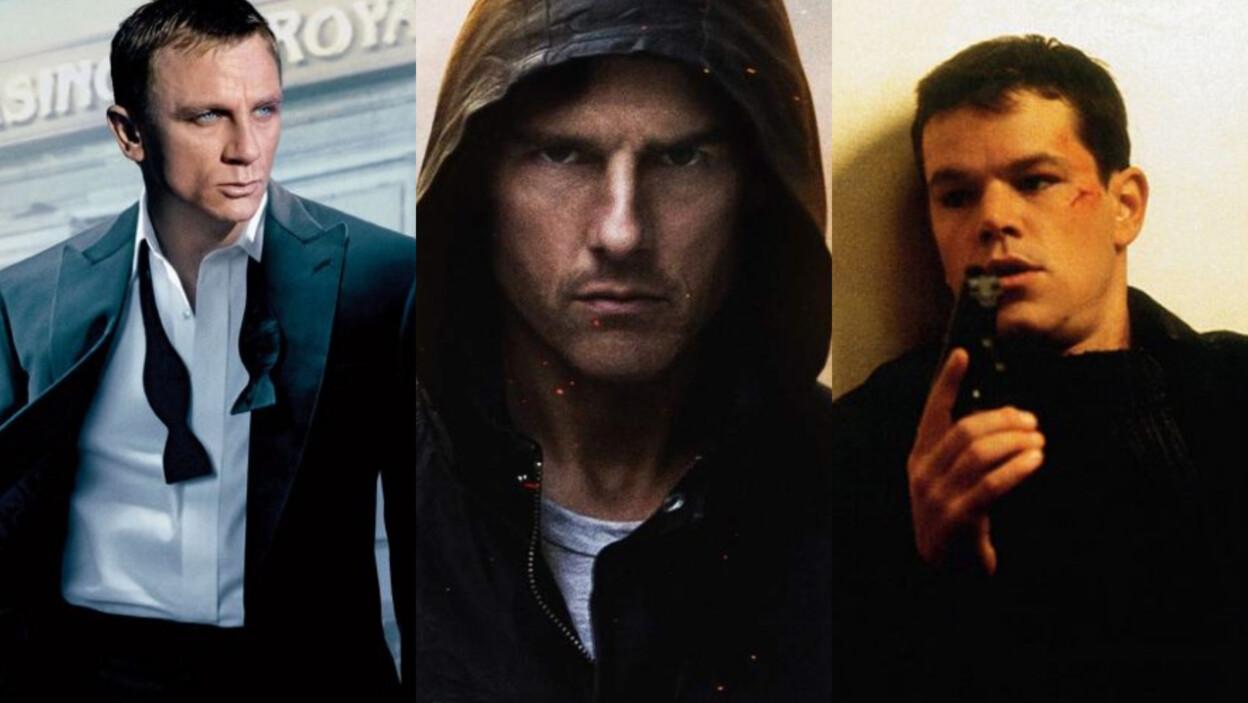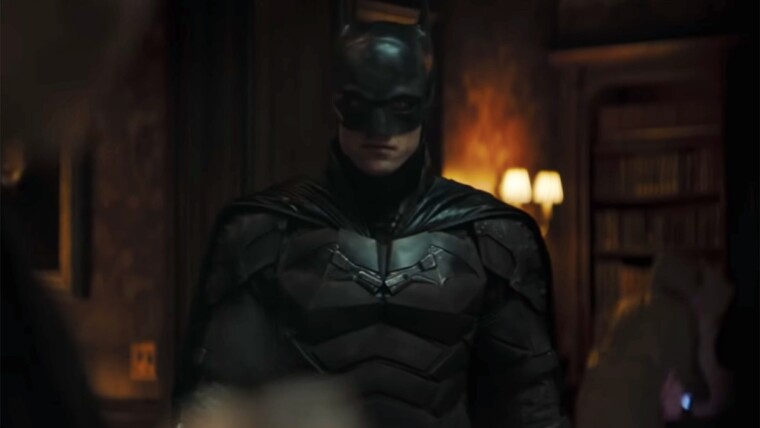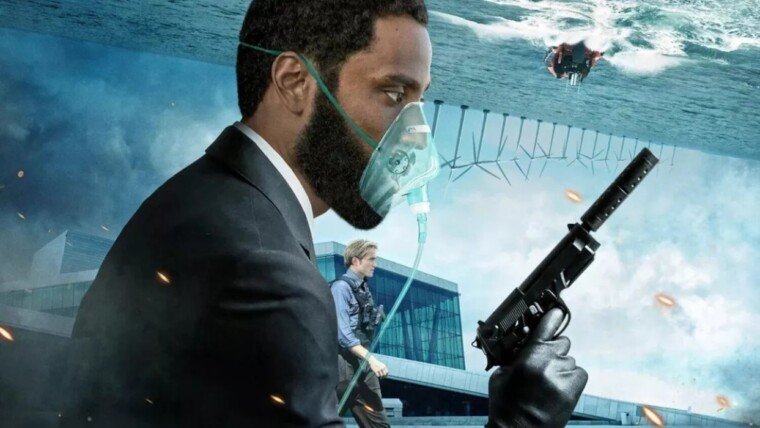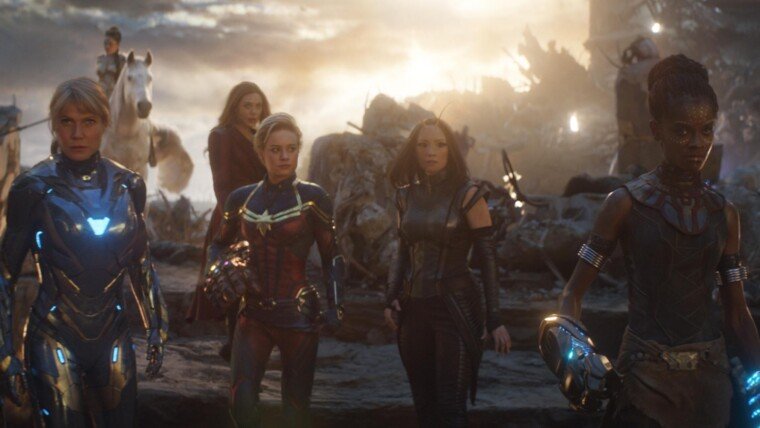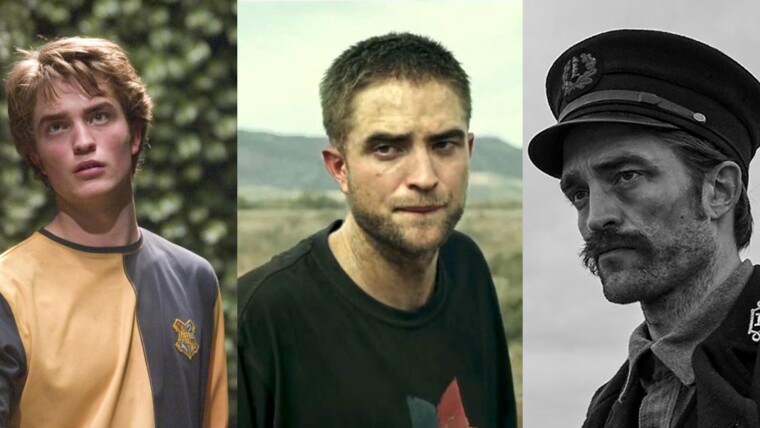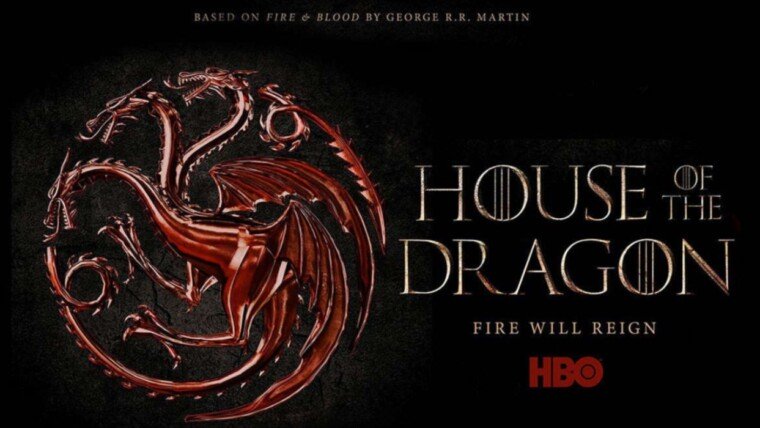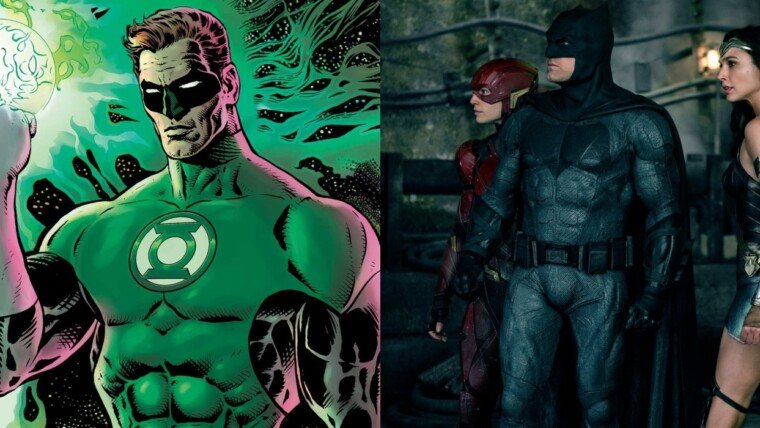Click here to check out our Mission: Impossible – Fallout review
Time to screw on your silencers and shake your margaritas because it’s time we tackle the spy genre. From the era of Cold War spy thrillers to the modern action-orientated iterations of the genre, spy films have managed to capture the imagination of the public throughout each generation. Some come to them to live vicariously through the lives of the agents on screen, whether they be suave British womanizers or stoic CIA salarymen. The thrill and danger of an occupation that sways between the realm of bureaucratic believability and loose-canon lunacy. And that is precisely why many a working-class man or woman have nary a qualm projecting themselves unto the shadowy capers of espionage films. The idea of an office job having a secretive and dangerous line of work between the paperwork accommodates the familiarity of the 9-to-5 grind with the excitement of a daring double life! Then there are others who enjoy the aesthetic and various tropes of the cinematic class. I’m talking about clean cut suits concealing hidden weapons, laser pens, electrified lassos and all sort of things that look like things but are actually other things! Most people, even if not particular fans of films can still enjoy spy films and the multiple sub-genres they come in. Regardless of where you line up, one cannot deny the influence the genre has had on our collective media psyche.
With Mission Impossible: Fallout out in theatres, what better time than now to celebrate that rich history of spy films? We’ll be taking you through the various subgenres of the world of spy films while also giving you the very best of each category. So in commemoration of Cruise’s latest effort to kill himself on screen, here are ten spy films you absolutely need to make your mission in life to watch, if you choose to accept.
10. The Cool- Point Break (1991)

Let’s kick off this list with not so much the specifics or the elaborate trappings of the genre but rather the aura and mystique that it permeates. These are spy films that aren’t necessarily the most realistic or complex but nonetheless made it look so damn cool with a capital “K”. Bond films of the Pierce Brosnan era, Mr and Mrs Smith and Kingsman: The Secret Service are just some of the films that come to mind. That being said, one film that rides higher than the rest of them in the style department is Katherine Bigelow’s cheeseball classic Point Break. Starring leading man Keanu Reeves as the ridiculously named FBI agent/college football quarterback, Johnny Utah, the film follows him as he infiltrates a group of surfer bank robbers with the intent of bringing them down from the inside. Things quickly become complicated when Utah finds himself falling in love with one of the surfers, Tyler and finds himself developing feelings for this gang of freedom-loving miscreants. Caught between his duty as an informant and his loyalty to the gang, particularly their leader Bodhi, Utah must choose a side that will define him for the rest of his life. It’s high stakes and high waves.
Point Break is camp of the highest calibre. Against all odds, the film somehow manages to see its ridiculous premise, channeling the full power of the 80’s. Bigelow’s depiction of surfing here comes off strangely ethereal and transcendent. It is in her construction of the film’s quasi-religious surfer culture that adds weight to Utah’s infiltration. A culture that has been more accepting of him than the stiffs at the agency ever were. This conflict is ultimately the heart of the film that explores the life of the agent through an existential angle. Beautifully connoted in a scene of pure badassery when Reeves’ character has a gang member in his sights but he just can’t find it in himself to take him down. So instead he pulls his pistol away from the man, allowing him to escape, right before emptying his clip into the air. Screaming in frustration. Next to Neo and Ted, Utah is one of Reeves’ most iconic performance, playing to his stoic strengths. Patrick Swayze, long may he be at peace, as the legendary gang leader Bodhi carries a zen master like presence unlike anything he has ever done before. Gun fights, hots babes, gnarly waves and an undercover agent. Need I say more?
9. The Gadgets-Mission: Impossible – Ghost Protocol (2011)

They say clothes make the man and likewise one distinct feature that has marked the spy genre are the many disguised gadgets their agents employ. More than just tools to get the job done, they are the physical embodiment of the cloak-and-dagger of the world of espionage, whether they are disguised or are used to disguise. Some of our favourite inventions include the shoe dagger in From Russia with Love, the exploding chewing gum from Mission: Impossible and even the shoe phone from Get Smart. For our pick, we went for Mission: Impossible-Ghost Protocol. The plot of the film follows the proud tradition of external agents diffusing Soviet-US tensions. After their failure to stop a bombing attack on the Kremlin, Ethan Hunt and the IMF team find themselves disavowed and hunted. To vindicate themselves and stop a thermonuclear war between Russian and the US, the team must track down the true suspect Cobalt and bring him to justice. Loyalties will be tested, secrets will be uncovered as Hunt and co. attempt to do the impossible.
A signature of the M:I film franchise has always been its use of innovative and at times mind boggling devices. After a five year hiatus, Ghost Protocol comes back with some of the most brilliant and jaw-dropping appliance of the team’s arsenal yet seen in the projector scene. After impersonating a high ranking Russian official through a constructed face mask, Hunt (played by Cruised) and field agent Benji Dunn (Simon Pegg) must sneak across a hallway without alerting the guards. Problem is that there is not other way to get past it than the narrow way itself under heavy surveillance. Luckily Dunn creates a portable projector screen that allows the both of them to hide behind as they move closer to their target due to the screen projecting a distorted view of the hall. To avoid the guard from noticing the room closing in on him, Benji uses a sonar like device to distract him as they push on, stopping just before being found out. The scene is great for a myriad of reasons. In one clever move the film melds the AEIOU style comedy between the two, the tension of sneaking into the base and the reflection of Dunn’s personality through the device all in a single scene. Hilarious, thrilling and ingenious all at the same time, Ghost Protocol has set the bar for spy films to come.
8. The Agency-The Bourne Identity (2002)

Where there’s secret agents running around the field and shooting the bad guys, you can bet your bottom dollar that there’s an organization funding their covet escapades. We’re examining the hidden colours that these spies wear under their traceless garbs, whether they be branches of government, extrajudicial entities or simply don’t exists. No doubt Bond’s MI6 and the consistently controversial (and absurdly named) Impossible Mission Force would surface on our radar. On this list though, we’re going for Uncle Sam’s favourite invisible hand, the CIA from The Bourne Identity. Jason Bourne does not know who he is but it becomes increasingly difficult for him not to with each passage of time passing. He can run over a 100 miles an hour, speak 11 different languages and is a skill combatant, armed and unarmed. He is in fact one of the CIA’s greatest asset and failure, an experiment of Operation Treadstone. A black ops program dedicated to turning volunteers into near perfect superhuman operatives and creating sleeper agents to serve as informants and assassins all across the world. On the run while looking for answers, Jason Bourne will uncover his true nature and his part in a wider conspiracy at play.
Throughout the Bourne films, the CIA is as much of a character as the titular hero himself. Whenever facing danger, it never ceases to amaze us how far and wide the extent that its jurisdiction and power reaches. Besides twisting the arms of local authorities and sending the occasional task force, the CIA in this film owns a whole slew of deadly assassins. They range from deadly martial artists to eagle eye snipers. So when you show up on the agency’s hit list, rest assured that these folks are not playing around. But the greatest testament to the CIA’s power comes in the form of Jason Bourne. His very existence in the film is shaped, motivated and antagonized by the organization. It is both teacher and opponent, instigator and target, creator and destroyer. We’ve seen organizations and agencies influence our heroes on screen but rarely at this level. The Bourne Identity is a spy thriller of a rare class, unabashed about its complexities and unashamed of its action-film pedigree. It is touted as the film that solidified Matt Damon’s role as a phenomenal action star and a landmark of the cinematic genre. Much like Jason’s past, it is a film that is hard to forget.
7. The Spy-Casino Royale (2006)

Beyond the shadowy organizations and many weapons of death, what about the spies themselves? The beating heart and thinking mind behind the badge and number. The personality that each agent brings to a film tends to be indicative of the tone of the film itself. Where would Austin Powers: The Spy Who Shagged Me be without the hairy, charismatic little weirdo? What would become of the Bourne films without their Bourne and The Hunt for Red October without Jack Ryan? But most importantly, how could the spy world live without the presence of Bond? And no film has done more to flesh out the man’s personality that 2006’s Casino Royale. The film takes place in a time before Bond truly became the Bond of legend, when he had just received a license to kill. In one of his first missions, Bond must play a deadly game of cards and wits against the meticulous and desperate Le Chiffre, a financier of multiple terrorist organizations. Things become complicated though when he finds himself falling for an agent of a rival intelligence agency. 007 will try to win it all without having to lose his head and his heart in this game of chance called life.
This is Bond like you’ve never seen before. He’s stoic and didactic while at the same time vulnerable and fresh. Not as confident or competent as his previous lives but far more complex as a character. The features one would expect out of a rookie field agent and that’s precisely what he is and why he’s so compelling. Bond isn’t invincible in these scenarios and in fact makes mistakes that could potentially kill him. This time around he isn’t just some womanizer but actually cares for the woman in his life, leading him to wrestle with his duty to queen and country and his heart’s desire. This is a grittier and more grounded take on 007. All of this is made possible through character development by way of great writing and a luminous performance by Daniel Craig as Bond and Eva Green as his lady love, Vesper. Both of them have such wonderful chemistry together, and when mixed with the volatile nature of their jobs, that feel as warm as it is explosive. For its ability to breathe life into Flemming’s classic while still honoring its spirit, Casino Royale has earned its place in the spy genre and on our list.
6. The Mission-Munich (2005)

There are times that the agents or players on the field aren’t the most important aspect of the film. Rather they are one of the many moving parts to complete an objective greater than just one man. Where they’re lives begin and the mission ends is never truly known. Think Ryan’s relentless hunt for Miller in Patriot’s Game or Tom Hank’s James Donovan trying to negotiate a deal between the CIA and the Soviet Union for an exchange of prisoners in Bridge of Spies. But in this case, it’s a crack team of Israeli assassins hunting down the terrorists responsible for the death of 11 of the Israeli Olympic Team in Munich. In 1972, Palestinian terrorist group, Black September snuck into the Olympic village and murdered members of the Israeli sports team in retaliation to the Israeli-Palestinian conflict. In response, the Israeli government launched Operation Wrath of God that saw highly-motivated Jewish volunteers take on the mission of hunting the men responsible for the Munich Massacre. In their personal and national pursuit to restore their nation’s pride, they cross lines and do unspeakable things all in the name of the mission.
Tense and morally exploratory, Munich is a historical spy drama that does not shy away from asking the bigger questions when it comes to each of the character’s motivation to see justice done. The clearest one having trouble trying to keep a handle on things being Eric Bana’s character Avner Kaufman who has to give up his identity and safety throughout the duration of his hunt so that the Israeli government can remain clean. While his more eager members including the temperamental Steve, played by Daniel Craig and former soldier, Carl by Ciaran Hinds. It is equally enthralling and gut-wrenching to watch these men sacrifice everything they have in the name of vengeance. I found myself constantly flip-flopping on whether or not their actions were morally justifiable. How far is too far? How many loose ends must be tied before everyone can walk away with clean hands? By the end of it all, you’ll be left wondering too. Munich is an excellent piece of semi-fictionalized spy drama that will make any bright afternoon seem grimmer. Balancing political intrigue with personal character development is no small task, and Munich executes its vision with great success.
5. The Cover Up-Argo (2012)

Like Chameleons clinging to the floors of rainforests, an essential survival trait to any self-respecting spy is one’s ability to hide in plain sight. It is more than a simple trope at this point in time; it has been and always shall be a defining element of the genre. The problem with trying to pinpoint the very best of the category is that so many films embody if not carry this component. They can be as diverse as the highschool cover in 2012’s buddy comedy 21 Jump Street to the tailor shop front in Kingsman: The Secret Service. However, we would be remiss if we failed to choose the stranger than fiction phoney film shoot/hostage rescue mission from the director and actor Ben Affleck’s Argo. Okay, just note that all of this is real. In November 1979, Iranian revolutionaries stormed the US embassy in an act of retaliation after years of American intervention in the region. Altogether they took 66 US hostages but six managed to escape from their clutches and are hiding out with Canadian Ambassador Ken Taylor. In an effort to get the escapees out of harm’s way, the US government hires extractor Tony Mendez to find a way to get them out of Iran. Now get this, Mendez stages an elaborate fake science fiction film cover, Argo to get in and out of Iran, writing their visits off as part of location scouting.
As far as disguises and covers go, Argo takes the cake here. Instead of gathering a team of trained operatives, Affleck’s Mendes has to execute a most daring extraction with a ragtag crew of a makeup artist, pretentious Hollywood producer and a fake production house. For the mission to be a success, Mendez must simultaneously fool the Iranian government, Hollywood and very angry revolutionaries into believing that their film is real. Bolstered by strong performances by John Goodman as a makeup artist and John Chambers and producer Lester Siegel by the ever charming Alan Arkin, Argo manages to inject much life and humour in its portrayal of a dire situation. Never at the expense of the gravity of the lives at stake of course. Still, not once did I ever grow weary of the tireless novelty of seeing a bunch of Hollywood snobs pose as spies on a deadly extraction mission. Argo is definitely one of the more interesting entries in our spy film collection and on this list.
4. The Mole-The Departed (2006)

We’re getting into the thick of it now, ladies and gentlemen. Where action films and horror films have shown the tendency to utilize the art of ambiguity in small doses, spy films refined it down to a science. The suspiciously private calls, the cloak and dagger cover ups and bated breath are all the telltale signs of a classic spy film staple, the mole. Whether you’re rooting for them to get caught or avoid capture, their presence can immediately heighten the tension in the film. Every move they make, every thing they say could be the tick of a human time bomb waiting to blow up. Films like Tinker, Tailor, Soldier, Spy are great examples of films from the perspective of the hunters. While shows like The Americans provide us with the narrative from the mole’s point of view. We’ve decided to go for the best of both worlds in Scorsese’s The Departed. And before you say it, yes I know a case could be made that the film is an archetypal crime film. But when you come to think about it, it is one of a hell of a spy thriller.
The Departed sees not one but two moles from two opposing factions, the Irish Mob and Massachusetts’ State Police. Damon plays Colin Sullivan a member of the mob posing as a high ranking officer in the force. While Leonard DiCaprio as field agent Billy, tries to infiltrate into the mob’s inner circle. Billy’s trying to flush out Colin while Colin’s doing his best to figure out from his end whose playing informant for the other side. The whole thing is a nuclear warhead just waiting to pop off. One scene that brilliantly puts this spy cold war on the show is when both Colin and Billy pick up their phones at the same time, during a call from one another. Nobody says anything and both men are just waiting for one of them to slip up or expose themselves. But there’s nothing, just silence, leaving us the audience in a seemingly perpetual state of anxiousness. The Departed is the spy film that shouldn’t be but we’re glad exists. Though not as flashy or exotic as the other picks on this list, The Departed is an unconventional spy paragon nonetheless.
3. The Hunt-Zero Dark Thirty (2012)

As we close in our top candidates on this list, we’re taking a lopk at another sub-category of the spy film genre, the hunt. These are the films that revolve around the shadiest and stealthiest of assassinations executed by conspiratorial companies. The dagger behind the cloak so to speak. It can be an assassination attempt of an important political figure like French President Charles de Gaulle in The Day of the Jackal. Or a covet Israeli death squad picking off Palestinian targets one by one in Munich. Hell, it could even be another Jewish death squad trying to assassinate Adolf Hitler in Inglorious Basterds. Don’t get me wrong, all good choices but we feel that the spot should go to one of the greatest manhunts of the 21st Century. We’re talking about the hunt for Osama Bin Laden in Kathryn Bigelow’s Zero Dark Thirty. Seen through the lens of CIA Intelligence Analyst Maya, the film chronicles over a decade long search for the Al Qaeda leader. Maya along with her cohorts will gather data, cross lines and make many enemies all in the name of capturing the most wanted man in the US. From the first blacksite interrogation of a suspected 9/11 participant to the cumulative raid by Seal Team 6, Maya will see the hunt through.
Riveting from start to finish, Zero Dark Thirty’s relentless dedication to painting an extensive picture of the CIA’s hunt for Osama is as factually detailed as it is narratively fascinating. Take for example when the CIA makes a trade between a Kuwaiti prince for information on a key Al Qaeda member’s mother for a Lamborghini. After they had found out that Sayeed aka Abu Ahmed al-Kuwaiti was falsely identified as dead. All of its connected! Holding of all this together is Jessica Chastain’s powerhouse performance as CIA agent Maya. Throughout the duration of the manhunt, we get to see her character develop through loss, frustration and obsession. Using what quiet strength she has left to see the terror of 9/11 answered for. Zero Dark Thirty avoids the pitfall that have plagued many docudramas in the past, namely that they either clumsily truncate events into touch-and-go montages or they meander on scenes of little relevance to the main plot. It manages to stay on point, never needing to cut away to character backstories to create a connection to the viewer, we learn about them on the job. All while exploring the “greatest manhunt in history”. Zero Dark Thirty is a well-paced, infinitely interesting docudrama that executed what it sets out do with all the precision of a Seal Team 6 operative.
2. The Nemesis- GoldenEye (1995)

Then there are the villains of the genre. Living, breathing personalities of the conflict itself. When done right, their role in the film can elevate a film. They are in a sense the mission itself or the driving force behind the manhunt. The best of their kind can leave long-lasting damage to our heroes and the organizations they represent. In a war of wits and games of intelligence, they are the most crucial element to propelling the story forward, the nemesis. They can be vengeful victims of an agency whose done them wrong like Javier Bardem’s Raoul Silva from Skyfall. Perhaps despicable personalities who have no moral quandaries when it comes to terrorizing the agent’s loved ones. Take Philip Seymour Hoffman as the sadistic black market dealer, Owen Davian in Mission: Impossible 3 for example. We were almost tempted to go with Silva for our pick but sadly he was etched out by another scorned agent of MI6 and a former partner to Bond himself, Alec Trevelyan aka 006. His only appearance in 1995’s GoldenEye made quite an impression in minds of fans and critics alike.
Trevelyan’s reasons for his hatred for Bond and his precious MI6 are tragic and nuanced. His parents, being former Nazi sympathizers, attempted to seek asylum from the British. Judging their dubious past as a threat, the British government instead sent into the hands of the USSR. Grief-stricken by the whole thing, his father committed suicide after killing his mother. Young orphaned Alec found himself being picked up to be part of MI6’ 00 programs that saw him become one of its finest agents. That was before he was betrayed by his partner. Left for dead in Russia, the very land his family was exiled to, he formed his own secret syndicate with the aid of the Russian Army. Brought to life by Sean Bean’s passionate performance, Alec is a force to be reckoned with. Not only armed with an army and an arsenal of weapons at his back but also knowledge of Bond and the agency itself. He is every bit as capable and intelligent of 007. A nega-Bond if you will. Scarcely do we ever get to see Bond interact with other agents of his program. So you can imagine the mystique and the fascination we had upon seeing an enemy so intertwined with the world’s history. Ruthless, brilliant and all around charming, 006 will go down as one of the greatest villains in Bond film franchise and in the spy genre.
1. The War- The Manchurian Candidate (1962)

Alas, we come to our top spot on this list, addressing the environment and ecosystem that permeates through a majority of spy films: the war. More often than not, the need for espionage and intelligence gathering is required when there is a major conflict occurring, whether it be of national interest or globe-spanning. They define the mission, the purpose of the agency and its agents. They bring out the worst of their combatants and have necessitated the need for battles under cover of darkness. Some of the best spy films have spawned from the Cold War era the likes of Seven Days in May and the Ipcress Files. Fantastic films that deserve a watch but if we had to choose a film that perfectly encapsulates the very best of spy hood, no doubt we would choose 1962’s The Manchurian Candidate. Sergeant Raymond Shaw and a group of US soldiers are abducted during the Korean War. During their incarceration, they are brainwashed and indoctrinated by communists to become sleeper agents in the US. Upon their return to America, their adjustment back into civilian life seem normal. That is until one of the soldiers begin to realize that the war against the Reds isn’t over for them. They’ve merely brought back home with them.
The Manchurian Candidate takes us all to school with the dizzyingly complex web lies and deceit that it weaves. It consistently plays with our expectation while feeding our worst suspicions much like the terrible Mrs Iselin wonderfully played Angela Lansbury. Against all odds, The Manchurian Candidate finds a way of weaving a disturbing story of strangely incestuous love into the greater plot of a spy war behind the scenes. It is also considered one of the great pioneers of the spy genre with its inventive use of false memories, PTSD and sleeper agents that further feeds into the ambiguity of the character’s allegiance and mental state. The Manchurian Candidate is the perfect spy film. The premise of using the guise of American POW’s as cover as they are sent on a mission by a foreign power to undermine national interests controlled by an enemy from within is just so elegant! What more can I say? I have to credit where credit is due. The Manchurian Candidate is the quintessential spy film.
Hey you! Yes you, hot stuff. Like my article? Leave a comment below and let me know what you think. Also, don’t forget to share it with your buds. And if you’d like to talk movies you can hit me up here: @cinesam

